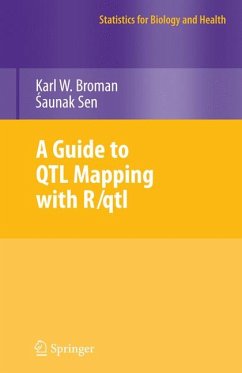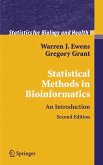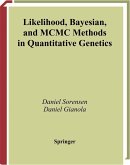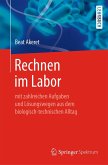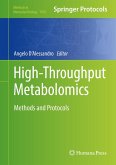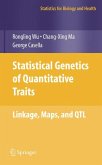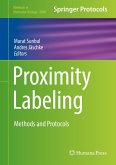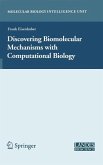The book alternates between QTL mapping theory and examples illustrating the use of R/qtl. Novice readers will find detailed explanations of the important statistical concepts and, through the extensive software illustrations, will be able to apply these concepts in their own research. Experienced readers will find details on the underlying algorithms and the implementation of extensions to R/qtl. There are 150 figures, including 90 in full color.
Karl W. Broman is Professor in the Department of Biostatistics and Medical Informatics at the University of Wisconsin-Madison, and is the chief developer of R/qtl. Saunak Sen is Associate Professor in Residence in the Department of Epidemiology and Biostatistics and the Center for Bioinformatics and Molecular Biostatistics at the University of California, San Francisco.
Dieser Download kann aus rechtlichen Gründen nur mit Rechnungsadresse in A, B, BG, CY, CZ, D, DK, EW, E, FIN, F, GR, HR, H, IRL, I, LT, L, LR, M, NL, PL, P, R, S, SLO, SK ausgeliefert werden.
"The book by Broman and Sen gives a practical review of statistical QTL mapping in experimental crosses with step-by-step instructions to the use of the R package qtl. ...has a wide coverage of topics, from experimental design and data input, to single-QTL mapping, mapping with covariates and multiple-GTL scans, organized into 11 chapters according to the logic flow of a QTL analysis. The authors made a good compromise between statistical methodology and real-data illustration with R code, so that different readers may easily focus on the parts that are more interesting to them. A researcher can follow the code in the examples of the book to study real-data applications of the qtl package. ...this is a well-written book with carefully chosen and nicely organized topics. It can serve as a good introduction to QTL mapping methodology and a useful practical guide to the R package. ..." (Journal of Statistical Software, Vol. 32, Book Review 5, January 2010)
"The book gives an overview of the practical aspects of the analysis of QTL mapping experiments ... . Most of the chapters start with a short introduction and finish with a summary and suggestions of further reading listing numerous review articles connected with the discussed subject. ... There are 150 figures, including 90 in full color. We recommend it, first of all, to scientists who use QTL mapping analysis, and also to postdoctoral researchers and graduated students interested in exploring applications of statistics." (I. Czyczylo-Mysza and I. Marcinska, Acta Physiologiae Plantarum, Vol. 32, March, 2010)

